Crocorama (2020)
Another Record / Dur et Doux
Terzo lavoro in studio per i francesi Odessey & Oracle: a tre anni da “Speculatio” ecco Crocorama. Con una formazione che vede il nuovo elemento Roméo Monteiro (percussioni), accanto ai fondatori Fanny L’Héritier (voce, piano elettrico, tastiere analogiche), Alice Baudoin (clavicembalo, organo positivo, flauto dolce, oboe barocco) e Guillaume Médioni (chitarre, banjo, basso, synth analogici, voce), la band prosegue caparbiamente il suo tracciato che, partendo da una base pop barocca, si lascia assecondare e contaminare da tante altre influenze, dalla psichedelia alla sperimentazione, dal folk al Canterbury sound, risultando piacevole ed elegante.
Senza, all’apparenza, “strafare” (ma si invita ad ascoltare con attenzione ogni microcosmo sonoro che accompagna il canto), i quattro costruiscono undici mondi incantati, onirici, di una leggerezza e una ricchezza eccezionale, in cui l’indole giocosa si fonde indissolubilmente ad una tecnica invidiabile, tutto impreziosito da testi straordinari: folli, visionari, ermetici, non un mero corollario ma parte integrante (e fondamentale) dell’opera. E questo elemento fantastico rivive anche nella surreale copertina realizzata da Luca Tanzini.
Da non dimenticare, inoltre, la presenza degli ospiti Josselin Varengo (batteria in Chercher Maman, Je Suis L’endormie, Le Manège e Antoine Rouge), Mathilde Bouillot (flauto in Chercher Maman, Mascara e Antoine Rouge) e Gilles Poizat (tromba in Je Suis L’endormie, Mascara, Antoine Rouge e Ferdinand L’Albigeois). E, infine, va ricordato un ultimo dettaglio per nulla trascurabile: tutte le tastiere e i sintetizzatori utilizzati nell’album provengono dagli anni ’60-’70-’80: Hohner Pianets N & T, Minimoog model D, Korg Lambda, Oberheim SEM, Prophet 600, Crumar Bit99 & Brassman, Logan String Melody II, Roland SH-09, Korg MS-20 & Stage Echo.
Elegante e fiabesca l’accoglienza di Chercher Maman e anche la morbida e candida voce di Fanny L’Héritier restituisce una sensazione di “sospensione”, mentre nelle retrovie gli altri membri ricamano trame delicate ma riccamente decorate. E si avanza sempre avvolti da questo senso d’incanto…
Più irrequiete le prime battute di Les Poupées Mécaniques, ma la voce angelica, un po’ Simona Bonavita degli Hautville, giunge a calmare gli animi. E se anche la prima anima del brano avanza, sorretta pure dall’elettronica, quando tutto si fa più corposo è Fanny a guidare le danze. Tutto si distende nei minuti finali, tra tastiere eighties e con una coda che arriva come una carezza.
Je Suis L’endormie. Sempre molto sensuale il canto di Fanny L’Héritier, mentre i restanti Odessey & Oracle sullo sfondo creano un tappeto in cui tensione e leggerezza avanzano a braccetto, sino a raggiungere soluzioni ai limiti della psichedelia, un’esplosione di colori “controllata”, cui partecipa anche la tromba di Gilles Poizat.
Molto frizzante e brasileira Mascara, con il vivace intreccio di ritmiche e voce, e gli inserimenti di fiati che donano un “contrastante” tocco canterburyano al quadro. Poi tutto svanisce fiabescamente per rifiorire più avanti.
Le Manège. Sempre più “spensierati”, gli Odessey & Oracle mettono in scena un nuovo tassello incantato in cui Fanny è sempre protagonista indiscussa col suo fascino vocale che, a tratti, fa tenerezza, mentre ritmiche e distorsioni creano un po’ di “rumore” in sottofondo.
E con Crocorama i francesi mettono in scena la loro anima più” altra” e sperimentale, costruendo un percorso molto particolareggiato e “irto di insidie”, senza mai spingere verso tecnicismi fini a se stessi (e qui emerge tutta l’arte della band). E tra incroci stravaganti di elettronica, corde, ritmiche e fiati, con le voci di L’Héritier (soprattutto) e Médioni che vanno avanti per la propria strada, l’episodio scorre via piacevolmente.
Romanticamente prende vita Les Enfants, con le due voci che si “pestano i piedi” delicatamente. Qui e là, per spezzare il flusso, la band inserisce ottime accelerate progressive e aperture in cui i fiati si fanno sentire pienamente.
Tra elettronica “calda” e accelerate ritmiche (sempre con L’Héritier in scena, tra recitazione e canto) Antoine Rouge avanza a passo spedito lungo la sua traiettoria sonora.
Quasi una nenia la breve Mélodie #1, con il canto dolcissimo di Fanny adagiato pacatamente su fili sonori sottilissimi, un po’ Celeste.
Un tocco rinascimentale, intenso, in avvio di Ferdinand L’Albigeois, con il sublime intreccio voce/oboe barocco a condurre poi le danze. Più avanti le ritmiche e la chitarra scombussolano tutto e si lanciano in picchiata verso della surf music rivista in chiave Odessey & Oracle. È solo un momento, poi torna la magia iniziale. E sarà un susseguirsi tra i due stati d’animo antitetici, un botta e risposta interessante e ben congegnato, con una “revisione” della seconda anima sul finire del brano, più distesa e gioviale.
Si chiude con la leggerezza di Mélodie #2, morbido flusso di chitarra e voci che, gioiosamente, avanza senza patemi e senza ostacoli nei circa due minuti del capitolo che mette la parola fine ad un lavoro che stupisce per la sua delicatezza mai banale e le sue soluzioni solo all’apparenza “semplici”.
ENGLISH VERSION
Crocorama (2020)
Another Record / Dur et Doux
Three years after ‘Speculatio’, the French band Odessey & Oracle released their third studio album, Crocorama. With a line-up that includes the new member Roméo Monteiro (percussions), alongside the founders Fanny L’Héritier (vocals, electric pianos, analog keyboards), Alice Baudoin (harpsichord, positive pipe organ, recorders, baroque oboe) and Guillaume Médioni (guitars, banjo, bass guitar, analog synthesizers, vocals), the band tenaciously pursues its path, which, starting from a baroque pop background, allows itself to be indulged and contaminated by many other influences, from psychedelia to experimental, from folk to the Canterbury sound, resulting pleasant and elegant.
Without seeming to “overdo it” (but you are invited to listen carefully to each microcosm of sound accompanying the singing), the quartet builds eleven enchanted, dreamlike worlds of exceptional lightness and richness, in which the playful nature blends inextricably with an enviable technique, all enhanced by extraordinary lyrics: crazy, visionary, hermetic, not a mere corollary but an integral (and fundamental) part of the work. And this fantastic element also lives on in the surreal cover designed by Luca Tanzini.
Also not to be forgotten are guests Josselin Varengo (drums in Chercher Maman, Je Suis L’endormie, Le Manège and Antoine Rouge), Mathilde Bouillot (flutes in Chercher Maman, Mascara and Antoine Rouge) and Gilles Poizat (trumpets in Je Suis L’endormie, Mascara, Antoine Rouge and Ferdinand L’Albigeois). And, finally, one last detail that should not be overlooked: all the keyboards and synthesizers used on the album come from the ’60s-’70s-’80s: Hohner Pianets N & T, Minimoog model D, Korg Lambda, Oberheim SEM, Prophet 600, Crumar Bit99 & Brassman, Logan String Melody II, Roland SH-09, Korg MS-20 & Stage Echo.
Chercher Maman‘s welcome is elegant and fairytale-like, and Fanny L’Héritier’s soft, candid voice gives a feeling of “suspension”, while in the background the other members embroider delicate but richly decorated textures. And we still move forward with this sense of enchantment…
The first beats of Les Poupées Mécaniques are more agitated, but the angelic voice, a bit like Simona Bonavita of Hautville, comes to calm the spirits. And even if the first soul of the track moves forward, supported by the electronics, when everything becomes more full-bodied it is Fanny who leads the dance. Everything relaxes in the final minutes, amidst eighties keyboards, and with a coda that arrives like a caress.
Je Suis L’endormie. Fanny L’Héritier’s singing is always very sensual, while the remaining Odessey & Oracle in the background create a carpet in which tension and lightness go hand in hand, reaching solutions bordering on psychedelia, a “controlled” explosion of colours in which Gilles Poizat’s trumpet also takes part.
Very effervescent and brazilian Mascara, with its lively interweaving of rhythm and voice, and the insertions of winds that give a “contrasting” Canterbury touch to the picture. Then all fades dreamily to bloom again later.
Le Manège. More and more “carefree”, Odessey & Oracle play a new, enchanted piece where Fanny is always the undisputed protagonist with her vocal charm that, at times, is tender, while rhythmics and distortions create a bit of “noise” in the background.
And with Crocorama, the French show their most “other” and experimental soul, building a very detailed and “bristling with pitfalls” path, without ever pushing towards technicalities for their own sake (and here the band’s art emerges). And among extravagant crossings of electronics, strings, rhythms and winds, with the voices of L’Héritier (above all) and Médioni going their own way, the episode flows along nicely.
Romantically, Les Enfants comes to life, with the two voices gently “stepping on each other’s toes”. Here and there, to break up the flow, the band inserts excellent progressive accelerations and openings where the horns make themselves fully heard.
Between “warm” electronics and accelerated rhythms (always with L’Héritier on stage, between acting and singing) Antoine Rouge moves swiftly along his sound trajectory.
The short Mélodie #1 is almost like a lullaby, with Fanny’s very sweet singing resting quietly on very subtle sound threads, a bit like Celeste.
There is an intense Renaissance touch at the start of Ferdinand L’Albigeois, with the sublime intertwining of voice and baroque oboe leading the dance. Later on, the rhythms and the guitar shake things up and plunge towards surf music revised in an Odessey & Oracle key. It’s only a moment, then the initial magic returns. And then it’s a succession of those two antithetical moods, an interesting and well-thought-out repartee, with a “revision” of the second soul at the end of the track, more relaxed and jovial.
The album closes with the lightness of Mélodie #2, a soft flow of guitar and vocals that joyfully advances unimpeded in the two-minute chapter that puts an end to a work that surprises for its never ordinary delicacy and its apparently “simple” solutions.


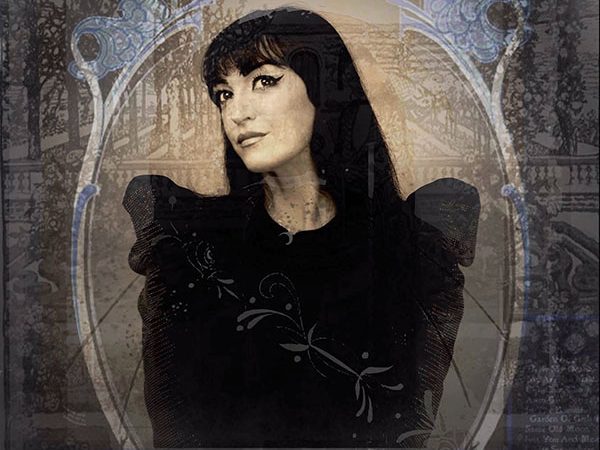
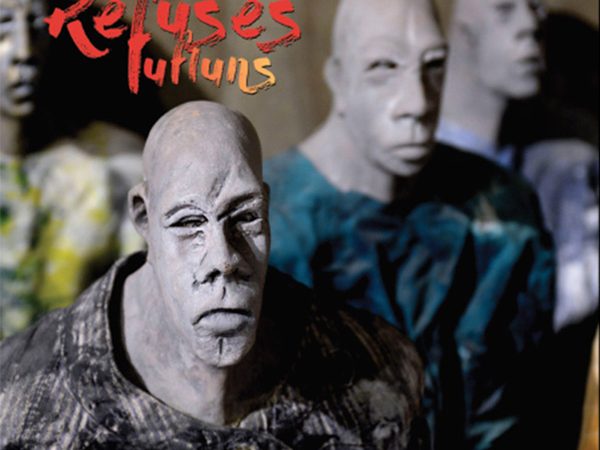
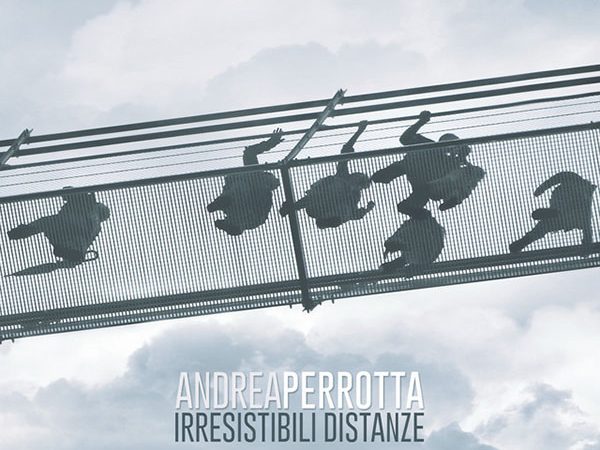


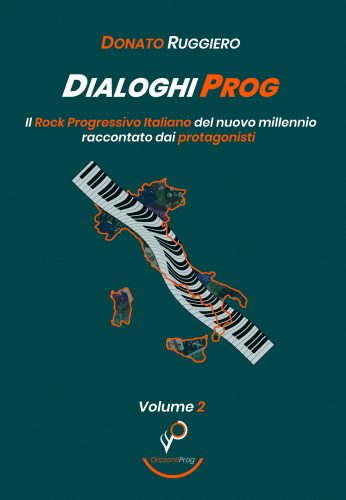
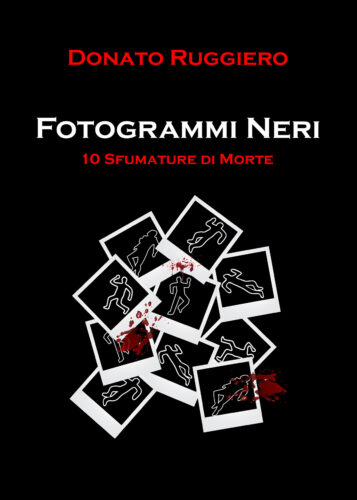
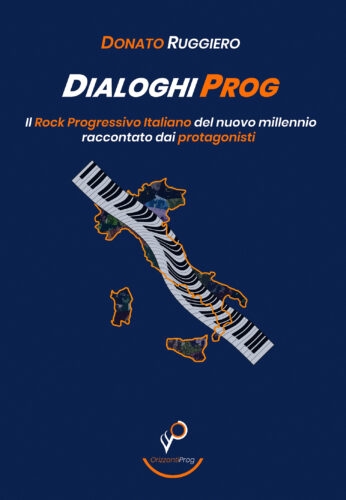
Lascia un commento